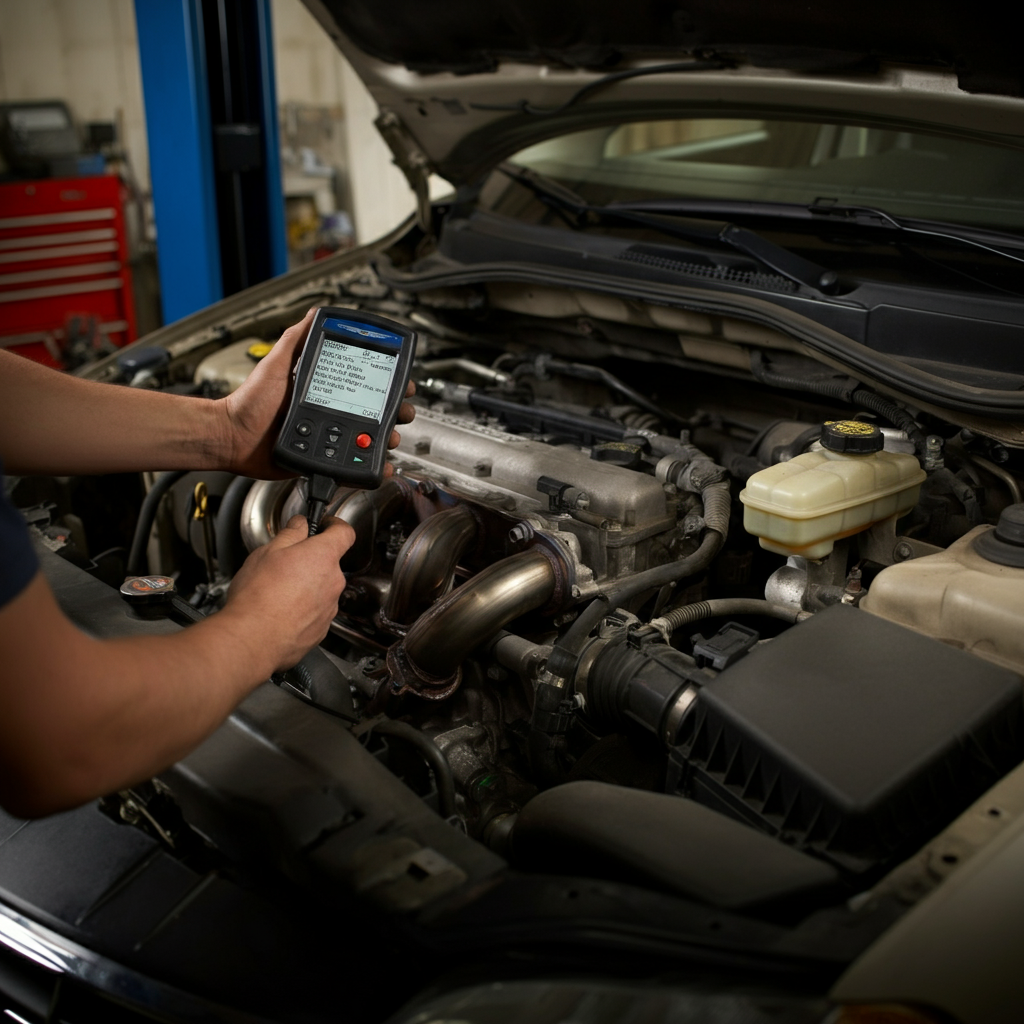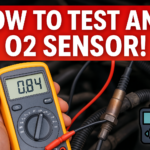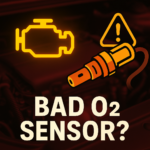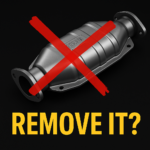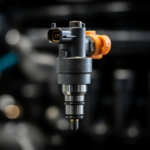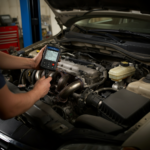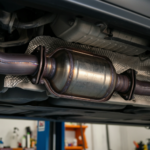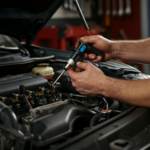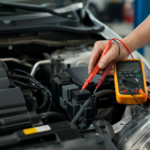If you’ve noticed the check engine light come on and discover the diagnostic trouble code (DTC) P0420 is causing it, you’re not alone. This common engine code indicates an issue with your vehicle’s emissions system, specifically the catalyst system efficiency below threshold (bank 1). But what does that actually mean? How does it affect your car’s performance, and most importantly, how can you fix it?
This guide is here to help car owners, auto mechanics, and DIY enthusiasts understand what the P0420 code means, why it occurs, and the steps you can take to resolve it.
What Does the P0420 Code Mean?
P0420 code stands for “Catalyst System Efficiency Below Threshold (Bank 1).” But what does that technical jargon actually signify? Essentially, this code means that your vehicle’s onboard diagnostics (OBD-II system) has detected that the catalytic converter on bank 1 of your engine is not performing as it should.
The catalytic converter is responsible for reducing harmful emissions by converting pollutants like carbon monoxide and unburned fuel into less harmful gases. When the catalyst efficiency drops below a certain level, your car emits more pollutants, which could be why you’re seeing the check engine light code P0420.
What Does “Catalyst System Efficiency Below Threshold” Mean?
It means that the OBD-II system has detected an issue with the catalytic converter’s performance. This could result from improper airflow, unburned fuel, or a faulty catalytic converter, among other reasons.
Common Symptoms of Code P0420
If your car is showing the P0420 engine code, here are some symptoms you might notice:
- Check Engine Light illuminated.
- Reduced fuel efficiency.
- Sluggish engine performance or poor acceleration.
- Sulfur or “rotten egg” smell from the exhaust.
- Failed emissions test.
Don’t ignore these signs! A prolonged issue can damage other components of your car, such as the oxygen sensors.
Common Causes of the P0420 Code
Understanding what causes a P0420 code can help you identify the right solution. Here are some common culprits:
- Faulty Catalytic Converter
When the catalytic converter is damaged, clogged, or no longer functioning efficiently, it fails to reduce emissions effectively. This is the most common reason for a catalytic converter code like P0420.
- Faulty Oxygen Sensors
A rear oxygen sensor or downstream oxygen sensor might feed incorrect data to the vehicle’s ECU, leading to the P0420 code being triggered.
- Exhaust Leak
A leak in the exhaust manifold or connections can cause incorrect airflow readings, affecting the catalyst system.
- Air-Fuel Mixture Issues
A rich or lean air-fuel ratio caused by issues in the fuel system, like failing spark plugs or a malfunctioning fuel injector, can lead to incomplete combustion and damage the catalytic converter.
- Engine Misfires
Misfiring causes unburned fuel to enter the exhaust system, overheating the catalytic converter and decreasing its efficiency.
- Contaminants
Oil or coolant leaks into the exhaust system can foul the catalytic converter over time.
How to Fix the P0420 Code
If you’re dealing with a P0420 code, here’s how you can approach fixing it:
1. Perform a Visual Inspection
Look for signs of exhaust leaks around the exhaust manifold or catalytic converter. Repair leaks to ensure proper airflow in the system.
2. Use a Scan Tool
Leverage an OBD-II scanner to confirm the P0420 code and cross-check with other DTCs. For example, if nissan DTC P0420 or 2005 Chrysler Town and Country engine code P0420 appears, it’s specific to those models, but the causes may be similar.
3. Replace Faulty Oxygen Sensors
Check both the upstream and downstream oxygen sensors for proper operation. Faulty sensors can be a primary reason for P0420 catalyst system efficiency below threshold bank 1.
Learn more about O2 sensors here
4. Inspect the Catalytic Converter
A clogged or damaged catalytic converter is often the root cause of the P0420 chevy code or any similar variant. If it’s faulty, replacing it may be necessary.
5. Assess Air-Fuel Mixture
Use diagnostics to monitor the air-fuel ratio and ensure the system is running properly. Replace worn-out spark plugs, fuel injectors, or filters if needed.
6. Use Fuel Additives
For minor issues, catalytic converter cleaners and other fuel additives can help remove deposits and improve overall catalyst efficiency below threshold bank 1.
Should You Drive With a P0420 Code?
While it might be tempting to continue driving, it’s not recommended. Persisting with the P0420 code can:
- Cause long-term damage to your engine and catalytic converter.
- Lead to higher emissions and possibly a failed emissions test.
- Reduce engine performance, fuel economy, and increase repair costs.
Preventing Future P0420 Code Issues
To avoid encountering a P0420 code bank 1 or similar problems in the future, you can follow these preventive measures:
- Perform regular vehicle maintenance, including replacing spark plugs and checking filters.
- Fix oil or coolant leaks immediately to prevent contamination.
- Use high-quality fuel to prevent deposits in your catalytic system.
- Avoid habits that cause engine misfires, like sudden acceleration.
For more tips on identifying catalytic converter issues, check this guide.
Final Thoughts on P0420 Code
The P0420 code might be common, but it signals an important issue that requires attention. Ignoring it can lead to costly repairs, compromised fuel economy, and greater damage to your vehicle over time. Fortunately, by identifying the root causes—the catalytic converter, oxygen sensors, or air-fuel ratio—you can address the issue effectively.
Whether you’re handling a DIY fix or working with a mechanic, take the time to understand and resolve the problem. If you’re wondering how to repair code P0420, start with diagnostics and take action promptly.
